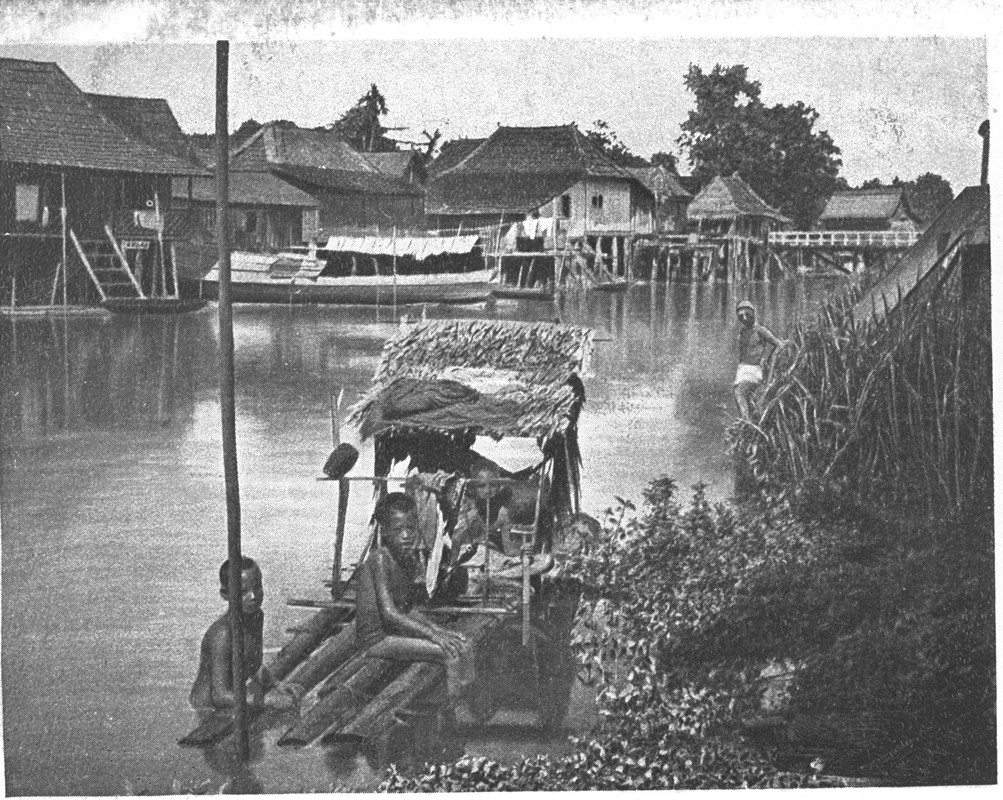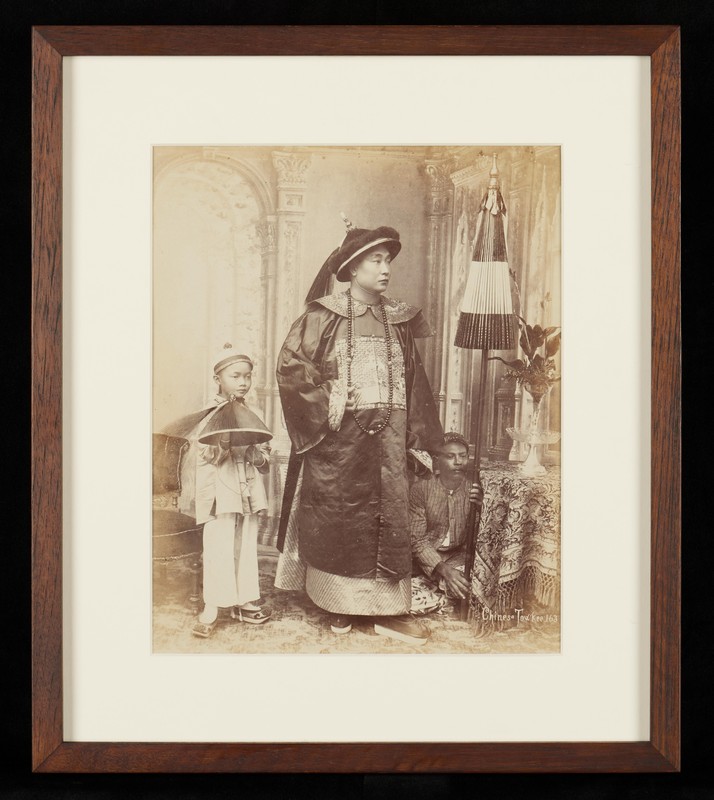Hokkien clan cemeteries in Singapore
In the early 19th century, various dialect groups within the Chinese community in Singapore established clan cemeteries to address the important issue of burials for their brethren who had died in a foreign land. Among the five major Chinese dialect groups in Singapore, the Hokkien-speaking community was the largest in terms of population and economic influence. According to records from the “Fu Mi Chun Qiu”(May Good Fortune spread through Spring and Autumn) plaque (1828) in Heng San Teng temple and the Heng San Teng Stele (1830), it can be inferred that the prominent See family from Malacca, led by See Hoot Kee (1793–1847),1had already worked together with several Hokkien clan leaders to establish the Heng San Ting in the Silat Road and Jalan Bukit Merah area. Heng San Teng, established by 1828, was the earliest Fujian clan cemetery in Singapore, and served as the main authority for the Hokkien community.

The existence of grave sites around Silat Road likely predates the official establishment of the Heng San Teng. In recent years, a research team led by Professor Kenneth Dean from the Department of Chinese Studies at the National University of Singapore discovered over 400 relocated graves in Bukit Brown Cemetery with inscriptions dating from the Qing dynasty. The earliest of these graves, the tomb of a man named Xie Guangze from Fujian, can be traced back to 1826 (or the 6th year of the Daoguang reign). This confirms that there were already a significant number of Fujian immigrants in Singapore during the early years of its founding, specifically during the Daoguang era (1821–1850).
Among these newly discovered Qing dynasty graves, the research team also found that some of the deceased individuals hailed from areas outside of Minnan (South Fujian) such as Putian and Fuzhou — in addition to inland areas of Minnan such as Anxi and Yongchun. The academic community had traditionally believed that the earliest Fujianese immigrants to Singapore mainly came from Zhangzhou and Quanzhou in Minnan, and that the Heng San Teng was established by individuals from these two prefectures, serving as the burial ground primarily for migrants from the area. However, these recent findings challenge this traditional understanding, and reflect that early immigrants came not only from Southern Fujian to Singapore, but also from other regions of Fujian. It appears that Heng San Teng served as the final resting place for a majority of immigrants from Fujian, as indicated by See Hoot Kee’s announcement in the Heng San Teng Reopening and Tomb Announcement Stele (1846): “In the future, all Fujian people who encounter unforeseen circumstances may be buried here.”
Expansion and decline
During the later decades of the 19th century, the Hokkien community’s population surged from 10,000 in 1848 to 30,000 in 1881, and even the combined new and old public cemeteries at the Heng San Teng were unable to meet the growing demand. As a result, Hokkien clan leaders started to acquire additional burial grounds. In 1885, they purchased Leng Kee Suah, and in 1895, they established Hokkien Lao Suah (the New Heng San Teng) as another burial ground for their clansmen. At the same time, various lineage organisations within the Hokkien community invested in separate surname cemeteries, such as Seh Ong Suah at Bukit Brown, Khoo Chan Cemetery in Silat Road, and Seh Wee Cemetery off Tiong Bahru Road. At this point, the expansion and development of Fujian clan public cemeteries in Singapore had reached its peak.
In the 20th century, the British colonial government and the post-independence government of Singapore gradually strengthened regulations on Chinese cemeteries and began to acquire cemetery land for urban redevelopment purposes. 2Hokkien clan leaders actively negotiated with the government, relocating ancient graves affected by land acquisition to other cemeteries like Lao Suah, Kopi Suah, and others. At the same time, leaders within the Hokkien community, including Lim Boon Keng (1869–1957) and Tan Kah Kee (1874–1961), vigorously advocated for changing the traditional funeral customs of elaborate burials and encouraged the public to abandon their old insular clan consciousness. They promoted the idea of burying the deceased in Bukit Brown Cemetery, a cemetery established by the Municipal Council in 1922 for Chinese people of all dialect groups. To some extent, these initiatives alleviated the predicaments of both unauthorised establishment of private cemeteries and the scarcity of burial sites.
From the 1970s, all Hokkien clan cemeteries were closed, with only portions of Lao Suah, Kopi Suah, and Bukit Brown Cemetery preserved today. Modern-day Singaporeans have transitioned from a clan-based identity to a national identity, and thus no longer insist on being buried in cemeteries specific to their dialect groups. As a result, Hokkien clan cemeteries have become historical relics.

This is an edited and translated version of 新加坡的福建坟山. Click here to read original piece.
| 1 | For more information related to See Hoot Kee, see the Reference Guide provided by the National Library of Singapore’s Reference Guide under the title See Hoot Kee. |
| 2 | The graves at Heng San Teng, for example, were exhumed in the early 1940s to accommodate the expansion of Singapore General Hospital. The temple was later destroyed in a fire in 1992, and its land acquired by the government in 1994. |
Chen, Ching-ho and Tan, Yeok Seong, Xinjiapo huawen beiming jilu [A Collection of Chinese inscriptions in Singapore]. Hong Kong: The Chinese University of Hong Kong Press, 1972. | |
Dean, Kenneth and Hue, Guan Thye, eds. Chinese Epigraphy in Singapore 1819–1911. 2 Vols. Singapore & Guangxi: National University of Singapore Press and Guangxi Normal University Press, 2017. | |
Kua, Bak Lim. Shile shiji [The History of Silat]. Singapore: The Youth Book Co., 2007. | |
Lim, How Seng et al. Shile guji [Historical Monuments in Silat]. Singapore: South Seas Society, 1975. |










